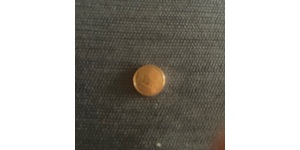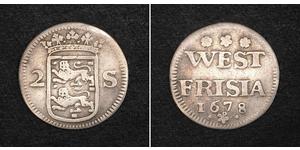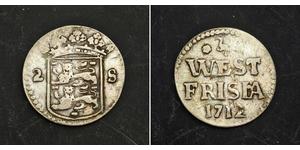1 Penny of United Kingdom 1860
The production of the 1 Penny coin in the United Kingdom of Great Britain and Ireland in 1860 occurred within a significant historical context marked by economic challenges, technological advancements, and changing political landscapes. Here are some key factors influencing the production of the 1860 1 Penny coin:
Economic Factors: The mid-19th century was a period of economic growth and industrialization in the United Kingdom. However, it was also a time of economic instability, marked by fluctuations in commodity prices, including the price of copper, which was traditionally used in coinage. The transition from copper to bronze composition for the 1 Penny coin in 1860 was driven by the need to address rising copper prices and to ensure the cost-effectiveness of coin production.
Technological Advancements: The 19th century witnessed significant advancements in metallurgy and coin minting technology. The adoption of bronze composition for the 1 Penny coin reflected improvements in alloying techniques and the availability of new materials suitable for coinage. Bronze offered advantages over copper in terms of durability and resistance to wear, making it a more practical choice for circulating coinage.
Political and Social Context: The production of the 1 Penny coin in 1860 took place against the backdrop of political and social changes in the United Kingdom. Queen Victoria was the reigning monarch at the time, overseeing a period of expansion of the British Empire and significant social reform. The introduction of the bronze 1 Penny coin was part of broader efforts to modernize and standardize the British currency system to meet the needs of a rapidly industrializing economy.
Global Trade and Commerce: The 1 Penny coin played a crucial role in facilitating trade and commerce both domestically and internationally. As one of the primary denominations of British coinage, the 1 Penny coin was used in everyday transactions across the British Isles and was also accepted in international trade due to the global reach of the British Empire.
Numismatic Significance: The production of the 1860 1 Penny coin holds numismatic significance as a transitional piece in British coinage history. It represents the shift from traditional copper coinage to modern bronze coinage and reflects broader trends in the evolution of currency systems during the 19th century.
Overall, the production of the 1 Penny coin in the United Kingdom of Great Britain and Ireland in 1860 occurred within a dynamic historical context shaped by economic, technological, political, and social factors. It serves as a tangible artifact of this transformative period in British numismatic history.
You may be interested in following coins
2025-06-25
- Live Coin Catalog's improvements / coins uploading
11 coins were uploaded from 2025-06-18 to 2025-06-25
One of them is:
2025-05-24
- New coin is added to 2 Stuiver Netherlands Silver
2 Stuiver Netherlands Silver
group has 2 coins / 2 prices
⇑
1712, Netherlands, West Friesland. Silver 2 Stuivers (Double Wappenstuiver) Coin. Condition: VF+ Mint Year: 1712 Province: Holland Reference: KM-106.1. Denomination: 2 Stuivers (Doub ...






